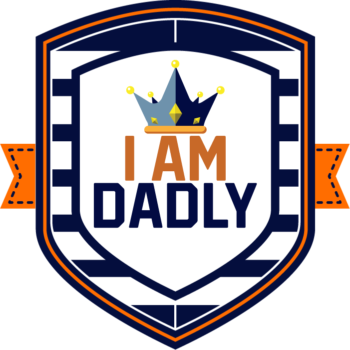Before you start, figure out if it’s a hard skill or a soft skill.
Improve Your Talent Tip #7

We continue with our Improve Your Talent series with a seventh tip from The Little Book of Talent by Daniel Coyle. Today’s tip falls into the first category for improving habits: Getting Started. In this category, the idea is to focus on ideas for igniting motivation and creating a blueprint for the skills you want to build.
Coyle posits that “the first step toward building a skill is to figure out exactly what type of skill you’re building. Every skill falls into one of two categories: hard skills and soft skills.”

Hard, high-precision skills, according to Coyle, are actions performed as correctly and consistently as possible, every time. “They are skills that have one path to an ideal result; skills that you could imagine being performed by a reliable robot. Hard skills are about repeatable precision, and tend to be found in specialized pursuits, particularly physical ones,” Coyle writes. Examples include:
- A golfer swinging a club, a tennis player serving, or any precise, repeating athletic move
- A child performing basic math (for example, addition or the multiplication tables)
- A violinist playing a specific chord
- A basketball player shooting a free throw
- A young reader translating letter shapes into sounds and words
- A worker on an assembly line, attaching a part.
With a hard skill, the goal is to build a skill that is reliable, exact, and performed the same way every time, automatically, without fail. Think of hards skills like ABC: Always Being Consistent.
Soft, high flexibility skills are those that have many paths to a good result, not just one, Coyle notes. “These skills aren’t about doing the same thing perfectly every time, but rather about being agile and interactive; about instantly recognizing patterns as they unfold and making smart, timely choices. Soft skills tend to be found in broader, less-specialized pursuits, especially those that involve communication,” Coyle writes. Examples of soft skills include:
- A soccer player sensing a weakness in the defense and deciding to attack
- A stock trader spotting a hidden opportunity amid a chaotic trading day
- A novelist instinctively shaping the twists of a complicated plot
- A singer subtly interpreting the music to highlight emotion
- A police officer on a late-night patrol, assessing potential danger
- A CEO “reading a room” in a tense meeting or negotiation.
With soft skills, the ability to quickly recognize a pattern or possibility, and to work past a complex set of obstacles is what we are after. Soft skills are about the three Rs: Reading, Recognizing, and Reacting.





